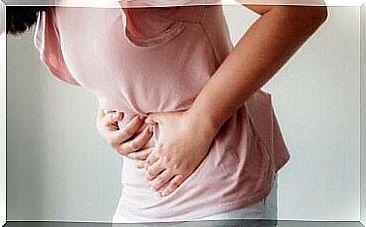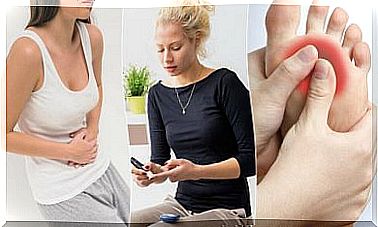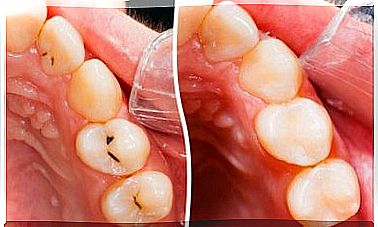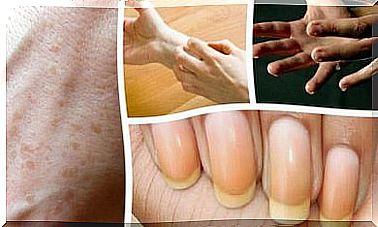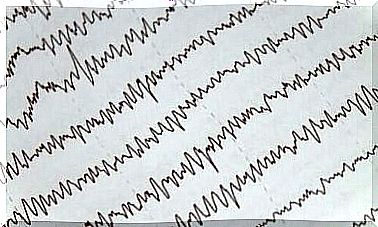Ankylosing Spondylitis: Diagnosis And Treatment
Most people with ankylosing spondylitis have the HLA-B27 gene. However, only a few develop the disease.
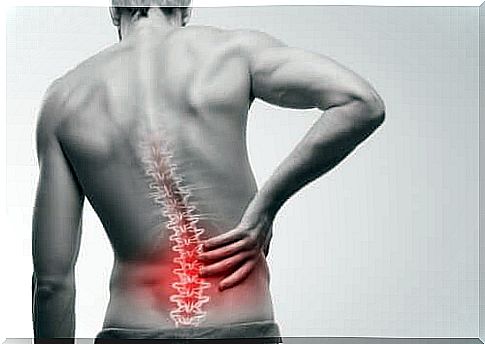
Ankylosing spondylitis is a chronic inflammatory disease that primarily affects the joints of the spine.
These joints tend to weld together, causing limited mobility. Thus, the spine becomes less flexible. This is why it is very common to adopt a bent forward posture.
We do not know the exact origin of this disease but we know all the same that genetics play an important role in its appearance. Most people with ankylosing spondylitis have the HLA-B27 gene. However, only a few develop the disease.
Symptoms of ankylosing spondylitis

This rheumatic disease produces inflammatory flare-ups in the joints of the spine. However, other joints such as the shoulders, hips, knees or ankles can be seen to be inflamed.
The first symptoms of ankylosing spondylitis include nighttime pain and stiffness in the lower back. These symptoms occur especially in the morning and after periods of inactivity. Neck pain and fatigue are also common.
The areas most often affected are the joint between the base of the spine and the pelvis and hips. However, the disease can also affect the points where tendons and ligaments unite with bones, especially in the spine.
When you have ankylosing spondylitis, your body forms bone to try to heal itself. This new bone will gradually close the intervertebral space. This is how sections of vertebrae can merge together.
These parts of the spine become rigid and inflexible. The fusion can also compress the rib cage. This reduces the capacity and function of the lungs.
Complications of ankylosing spondylitis
Here are some of the complications of ankylosing spondylitis:
- Eye inflammation (uveitis): Uveitis is one of the most common complications of ankylosing spondylitis. This can cause eye pain, sensitivity to light, and blurred vision to develop quickly.
- Damage to the heart valves: This disease can cause problems in the aorta. The affected aorta can alter the shape of the aortic valve in the heart. It will affect the operation of the valve
How can we diagnose it?
There are signs for the diagnosis of ankylosing spondylitis:
- Clinical signs: such as lower back pain for more than 3 months which improves with exercise. But that doesn’t improve with rest. In addition, the limitation of thoracic expansion is taken into account, as is the mobility of the spine.
- Radiologic signs: as radiologic evidence of inflammation of the sacroiliac joints
Depending on the signs presented by the patient, the diagnosis of ankylosing spondylitis will be:
- Defined: in the presence of a clinical sign and a radiological sign
- Probable: in the presence of three clinical signs or one radiological sign
Blood and urine tests can help support the diagnosis due to the presence of the HLA-B27 antigen. Likewise, they can determine the intensity of the inflammatory process from which the patient is suffering.
Treatment of ankylosing spondylitis

Treatment for this disease is a combination of several drug options and rehabilitation:
- Nonsteroidal anti-inflammatory drugs (NSAIDs) and analgesics: these are drug treatments that aim to relieve pain and reduce or suppress joint inflammation. This improves the patient’s quality of life. In addition, by relieving discomfort, it will facilitate night sleep
- Disease-modifying anti-rheumatic drugs (DMARDs): these drugs work on the immune system
- Biologic Drugs: These drugs, although ineffective in treating disease, help control symptoms in many patients
- Rehabilitation: it must be carried out daily and in addition to drug treatments. Physical and respiratory exercises improve spine mobility and muscle strength
- Surgery: Sometimes surgery is used. This is especially the case when the joints are badly damaged and mobility has been lost.
By combining the possible treatments, you can prevent stiffness and ankylosis. In addition, it can help you avoid other disturbances in muscle and locomotor function. It is also important to practice exercises that strengthen the back, such as swimming for example.
